History is full of famous elephants. From Hannibal’s army to Jumbo, Elmer to Mr. Snuffleupagus, the size, demeanour and general strangeness of pachyderms has always fascinated people. The V&A is full of historical things, so it makes sense that some of those things are elephants. Among the devotional and the decorative, the makers of BBC2’s recent documentary Secrets of the Museum pinpointed an elephant that was made to be played with, held in the collection of the Museum of Childhood (MoC).
Pumpie, as he is known, was made in 1890s for the children of the Cattley family, Maud, Donald, Constance, Helen and Gilbert, who lived in Ealing. The children were all born in Estonia, then part of the Russian Empire, to a British merchant. The mercantile connection might be evident in the design of Pumpie who, as I said in the documentary, could be read as an example of an Imperial toy; a native of the Indian subcontinent in the uniform of a British sailor. Pumpie and his ‘family’ of other toys were very much part of the Cattley family, accompanying them on holiday, sitting for portraits, and having outfits made for them. When not at sea, Pumpie has the option of wearing a rather fabulous kilt and velvet jacket.
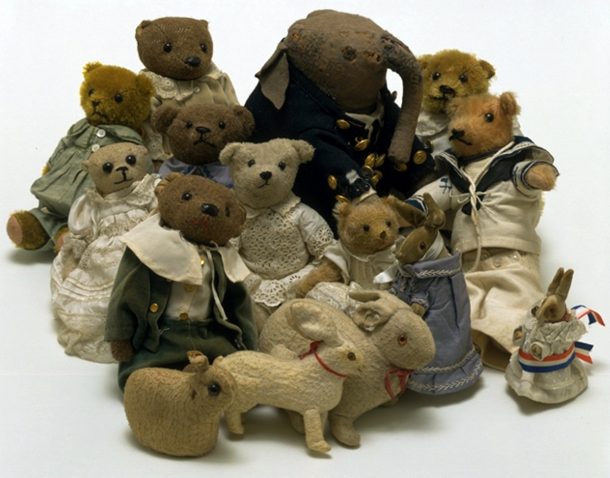
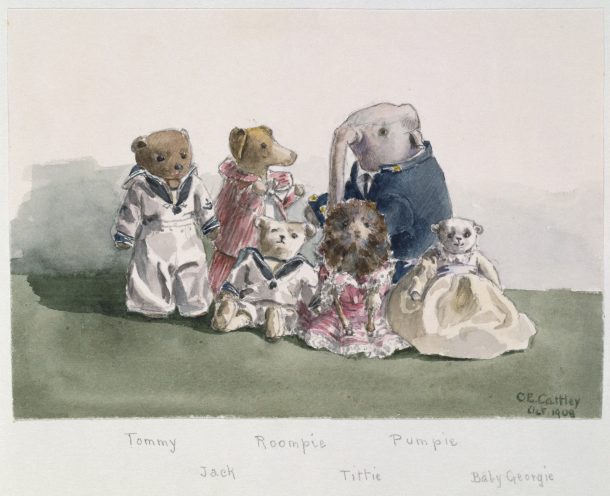
How did the documentary-makers come to decide that precious primetime television minutes should be devoted to a knackered old soft toy? Competition was high, as all departments were offering stories from the V&A’s 2.3 million objects. To be honest, at that point we didn’t rate our chances of having an object from the MoC in the documentary, but apparently Pumpie is something of a dark horse, or more correctly a dark elephant (and definitely not a white elephant). The crew saw something in Pumpie’s story, something relatable in a way that only a childhood toy can be. There is something tragic about seeing an anthropomorphic, well-loved toy in need of some TLC. Pumpie’s very visual damage and disfigurement also offered the possibility of a transformative conservation story. Step forward Jo Hackett, who made Pumpie look wonderful, stabilising him so he can be enjoyed by more generations of children.
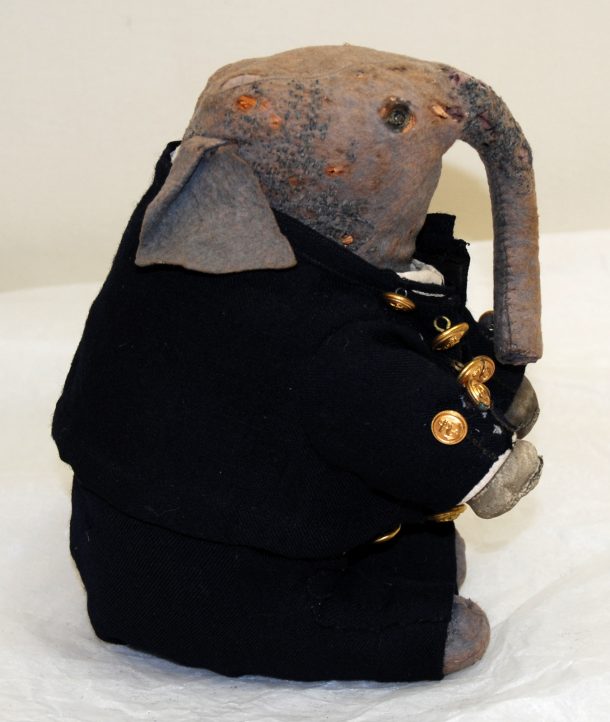
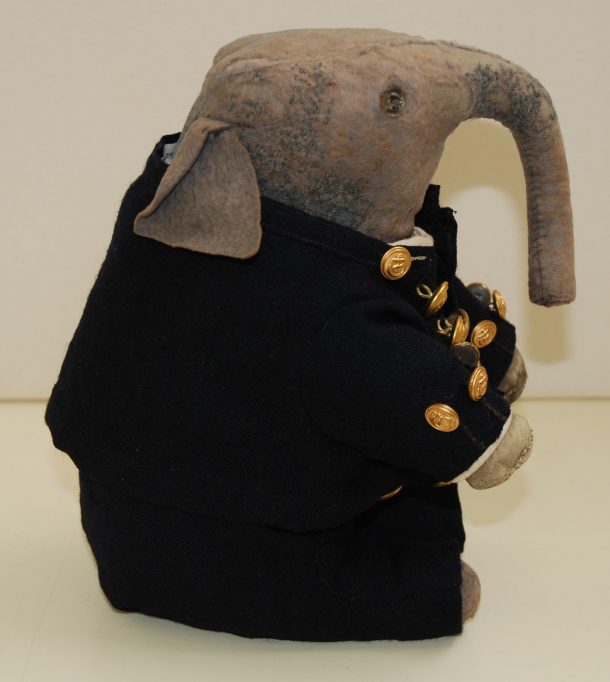
Being on television is weird. Personally, I cringe even at the idea of hearing my own voice or seeing my huge face in motion. I had to be convinced to watch the programme on the grounds that I’d have been disappointed to miss out on seeing many of my friends and colleagues in action. Having done only one live TV appearance before then, I was quite naïve as to how pre-recorded documentaries are made. As well as filming the ‘documenting’ stuff, I conducted take after take of walking down corridors, carrying boxes through doors, and produced many shots that never made it anywhere near the final cut. They probably had me filming for about twenty hours in total, fitted in around the many responsibilities of the MoC’s little team. Fortunately for me, the team were lenient in their continuity arrangements, as the documentary shows me in three stages of facial hair growth and two different shirts (neither ironed – sorry mum). The coffee stain on one of the shirts was only visible for the merest fraction of a second, putting to bed one of the many worries I’ve had over the last six months. Fortunately, Pumpie the steadfast elephant always performed admirably – appropriate for a navy man – more than making up for my nerves, bad food control and my continuity errors.
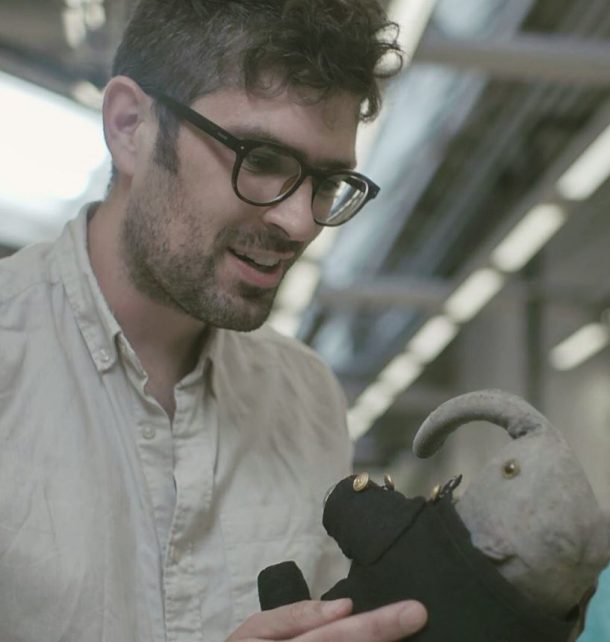
I had heard in advance that the MoC’s story would be in the first episode, but I didn’t know it would be the first story of the first episode. It was enormously satisfying seeing Pumpie billed equally with some of the V&A’s other treasures, a Christian Dior dress, a miniature from the Gilbert Collection, and a paper peep show. By the time the series aired last week, Pumpie was already on holiday at the Wellcome Collection. Since people saw it, we’ve already had people contacting us asking for – and offering – more information. One person suggested that Pumpie’s uniform might actually be that of a Chief Petty Officer rather than an Admiral, so the only elephant in the Royal Navy unfortunately might have to be demoted when he returns home to Bethnal Green at the end of March.
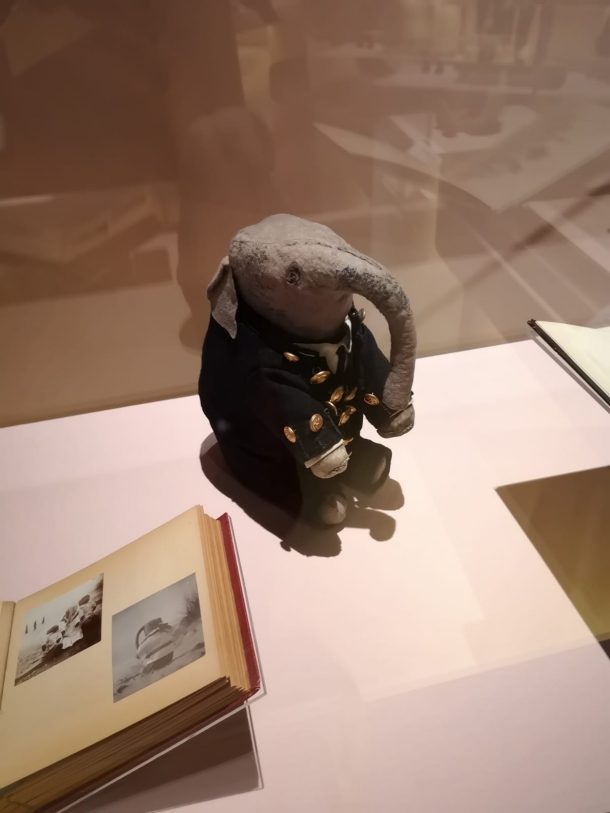
Secrets of the Museum is available to stream on the BBC’s iPlayer.
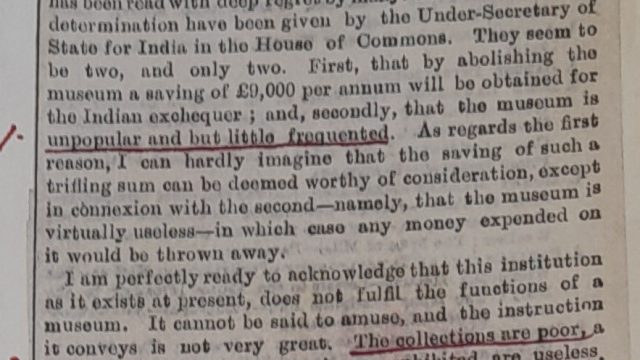
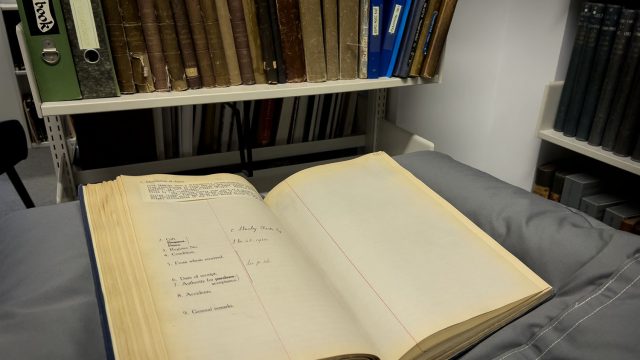

Thank you for sharing Pumpie’s story. I greatly enjoyed the series last year but had missed Episode 1. Last night I found myself watching with trepidation to see if Pompeii could be rescued. I also have to say all of the staff featured are very impressive and stylish.